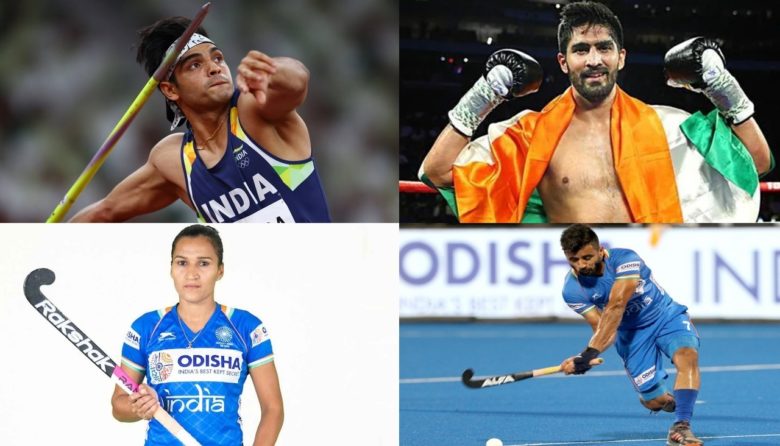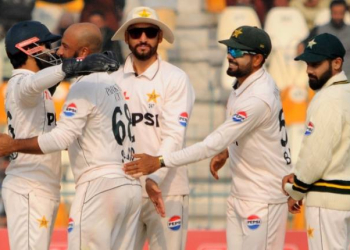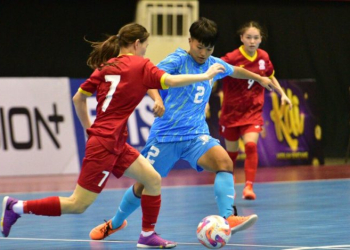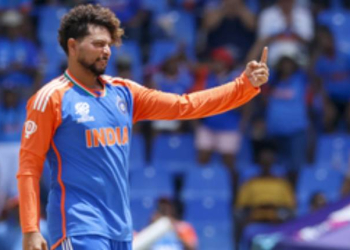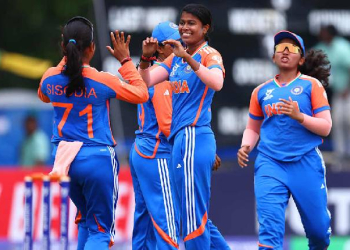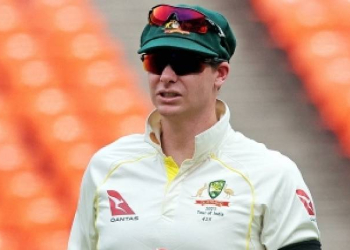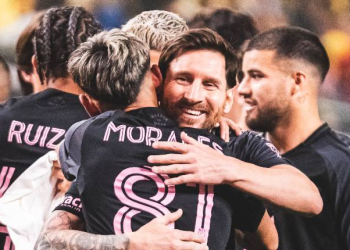New Delhi: The churning caused by the Covid-19 pandemic saw thousands of sporting events getting affected globally, not even sparing the grandest of all events, the Tokyo Olympic Games, which were postponed by a year.
The instability created by the virus — and its variants — continues to cast a grim shadow on the New Year with several sporting events, such as the Ashes and the Australian Open, to name a few, walking a tightrope as they balance the aspirations of athletes and their safety against the deadly virus.
As 2022 unfolds and the sporting arenas across the world find innovative ways to keep the virus in check, India will look to put its best foot forward in one of the most challenging years for the athletes. Every four years, expectations rise with back-to-back multi-discipline sporting showpieces — the Commonwealth and Asian Games — scheduled in the second half of the year.
India has traditionally done well in the two quadrennial events, even though it has yet to match the prowess of powerhouses such as China, Japan and South Korea in the Asian Games, and England and Australia in the Commonwealth Games.
But the country’s athletes’ performance at the 2020 Tokyo Olympic Games gives hope that India is trying its best to bridge the gap slowly but steadily.
While the magnitude of the task to keep athletes safe in bio-bubbles across the country and prepare them for the quadrennial sporting extravaganzas will test the government’s intent, the athletes’ enthusiasm and the urge to go the distance to win medals will certainly see India finish a few notches higher than previous editions in the two sporting extravaganzas.
Of late, there has never been a dull moment when Indian athletes have competed in the two events. While some have brought medals, others have bowed out with their heads held high. Boxer Vijender Singh’s power-packed performance at the 2010 Guangzhou Asian Games, L. Sarita Devi’s tears of dejection after losing her bout at the 2014 Asian Games in Incheon and javelin thrower Neeraj Chopra’s sterling throws at the 2018 Jakarta Asian Games, and countless other performances are all part of Indian sporting folklore. Some more of those heroic feats will become a part of India’s sporting history this year.
The Asian Games in Hangzhou, China in September this year will serve as a crucial test on how India’s preparations are going for the 2024 Olympic Games in Paris. Expectations will soar again and the likes of Neeraj Chopra, hockey stalwarts Manpreet Singh and Rani Rampal and the young shooters, such as Saurabh Chaudhary and Manu Bhaker, will be expected to bring home medals aplenty from the biggest continental sporting showpiece.
The Tokyo Olympic Games were a huge dampener for the shooters as they kept firing blanks, but the Asian Games could well revive their sagging morale. They will get a chance to compete with the best in the business.
The 2018 Asian Games in Jakarta and Palembang saw Indian shooters come up with their best ever performance, finishing with nine medals (2 gold, 4 silver and three bronze). They were only third behind China (15 medals) and South Korea (12). While Saurabh Chaudhary won gold in his maiden Asian Games, there were several other Indian shooters who missed medals by wafer-thin margins and it’s only natural that they would want to bridge that miniscule gap to earn glory.
India’s medals tally in Jakarta too was heartening. With a record 69 medals in the Indonesian capital city, which later became the template for India’s best-ever haul of seven medals (1 gold, 2 silver 4 bronze) at the Olympics, the country can hope to breach the 80-medal mark in Hangzhou.
From 56 medals at the 2014 Asian Games in Incheon, India’s tally jumped to 69 in Jakarta four years later, and going by the amount of resources being pumped in by the government, Hangzhou could see Indian sport turn the corner.
The smell of competition at the Asian level has been irresistible for Indian athletes over the years. If it was pistol shooter Jaspal Rana who raised his game to an altogether different level at the 2006 Asian Games in Doha, or a Ronjan Sodhi who ‘double trapped’ gold at the 2010 Guangzhou Asian Games, or a Jitu Rai whose efforts in 2014 lit up the faces at the Incheon Asian Games, there will be more than a just handful of faces who would want to cover themselves in glory at Hangzhou.
Not to forget the Indian men and women’s hockey teams which would be itching to have a go at gold in the continental event and qualify directly for the 2024 Paris Olympics.
Every time the Indian hockey team takes the field, expectations of a gold medal rise, but inconsistency has been their bane. The men’s team won bronze in 2010 Guangzhou, but four years later they were the champions. Four years down the line, in Jakarta 2018, they were again fighting for bronze.
However, the positive vibes emerging from the Indian camp and their performance in Tokyo, where they ended a four-decade-long drought by securing bronze, shows the side is hitting the stride.
The Commonwealth Games are next only to the Asian Games in terms of the Indian government’s priority and there is no better event than the CWG to fine-tune for the Asian Games.
India slipped marginally at the CWG after a number of shooting events were reduced at the 2018 edition held at Gold Coast, Australia. The Birmingham 2022 organisers then dealt a body blow by removing shooting sport from the CWG curriculum. With India’s top medal-grossing sports discipline being shelved, the onus will be on athletes, shuttlers, wrestlers, weightlifter, table tennis players and boxers to push the tally up.
With a haul of 66 medals — 26 of them gold – India had finished third on the medals table in Gold Coast. But with seven of those gold medals coming in shooting, it’s anybody’s guess how badly India has been affected by the Birmingham 2022 organisers’ decision.
Indian athletes showed a never-before-seen spirit as they faced the challenges posed by the pandemic before the 2020 Olympics. They stuck together for months in national camps, with the only target being to do well in Tokyo. The situation hasn’t changed much. The aspirations, too, one hopes, haven’t changed either.
(IANS)



